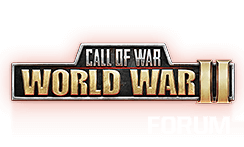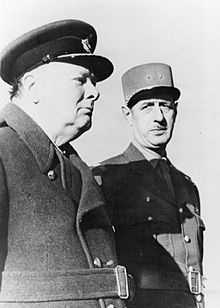This forum post is intended to explain the at start situation for each country represented in the 1939 scenario. It will include a historic background for each country, list of allies, possible actions, political guarantees, and needed unit additions for:
ALLIES:
- U.K.
- USSR
- America (isolationist)
- France
AXIS:
- Germany
- Italy
- Yugoslavia (Romania)
- Hungary/Slovakia
Pro-AXIS:
- Turkey
- Spain
Neutrals:
- Sweden
$, Resource and GDP comparisons:
Beginning of war yearly nation GDPs.
(1)United States: 84.7 billion
(2) Germany: 46.0 billion*
(3) UK: 27.51 billion
(4) USSR: 23.02 billion
(5) France: 16.18 billion
(6) Italy: 8.68 billion
(7) Japan: 7.49 billion
Bulgaria: 0.65 billion
Hungary: 1.45 billion
Poland: 4.63 billion
Romania: 1.67 billion
Yugoslavia: 1.69 billion
Estimated GDP's of others
Sweden: 3.15 billion (assumed per capita income of British/German level, 500 dollars)
Spain: 2.53 billion (assumed per capita income of Bulgarian level, 100 dollars)
Gross National Incomes:
USA: 84.7 billion dollars
Britain: 27.51 billion dollars
France: 18.28 billion dollars
Germany: 41.97 billion dollars
Italy: 8.68 billion dollars
GDP
USA: 650 dollars
UK: 550 dollars
France: 470 dollars
Germany: 600 dollars
Italy: 230 dollars
Steel production (1940):
UK: 13.2 million tons (1937)
France: 7.9 million tons (1937)
Luxemburg: 2.47 million tons (1937)
Belgium: 3.8 million tons (1937)
Germany: 23.3 million tons (1938)
Italy: 2.3 million tons (1938)
1943:
USA Coal: 586 million tons
Oil: 191 million tons (1942, including Mexico's)
UK Coal: 202 million tons
USSR Coal: 53 million tons
Oil: 18 million tons
Germany Coal: 640 million tons (Germany proper, 268 million tons, occupied territories 86 million tons)
total: 640 million tons of fossil fuels or 360 million tons of oil equivalent
ALLIES:
- U.K.
- USSR
- America (isolationist)
- France
AXIS:
- Germany
- Italy
- Yugoslavia (Romania)
- Hungary/Slovakia
Pro-AXIS:
- Turkey
- Spain
Neutrals:
- Sweden
$, Resource and GDP comparisons:
Beginning of war yearly nation GDPs.
(1)United States: 84.7 billion
(2) Germany: 46.0 billion*
(3) UK: 27.51 billion
(4) USSR: 23.02 billion
(5) France: 16.18 billion
(6) Italy: 8.68 billion
(7) Japan: 7.49 billion
Bulgaria: 0.65 billion
Hungary: 1.45 billion
Poland: 4.63 billion
Romania: 1.67 billion
Yugoslavia: 1.69 billion
Estimated GDP's of others
Sweden: 3.15 billion (assumed per capita income of British/German level, 500 dollars)
Spain: 2.53 billion (assumed per capita income of Bulgarian level, 100 dollars)
Gross National Incomes:
USA: 84.7 billion dollars
Britain: 27.51 billion dollars
France: 18.28 billion dollars
Germany: 41.97 billion dollars
Italy: 8.68 billion dollars
GDP
USA: 650 dollars
UK: 550 dollars
France: 470 dollars
Germany: 600 dollars
Italy: 230 dollars
Steel production (1940):
UK: 13.2 million tons (1937)
France: 7.9 million tons (1937)
Luxemburg: 2.47 million tons (1937)
Belgium: 3.8 million tons (1937)
Germany: 23.3 million tons (1938)
Italy: 2.3 million tons (1938)
1943:
USA Coal: 586 million tons
Oil: 191 million tons (1942, including Mexico's)
UK Coal: 202 million tons
USSR Coal: 53 million tons
Oil: 18 million tons
Germany Coal: 640 million tons (Germany proper, 268 million tons, occupied territories 86 million tons)
total: 640 million tons of fossil fuels or 360 million tons of oil equivalent
The post was edited 2 times, last by James Hartmund ().










